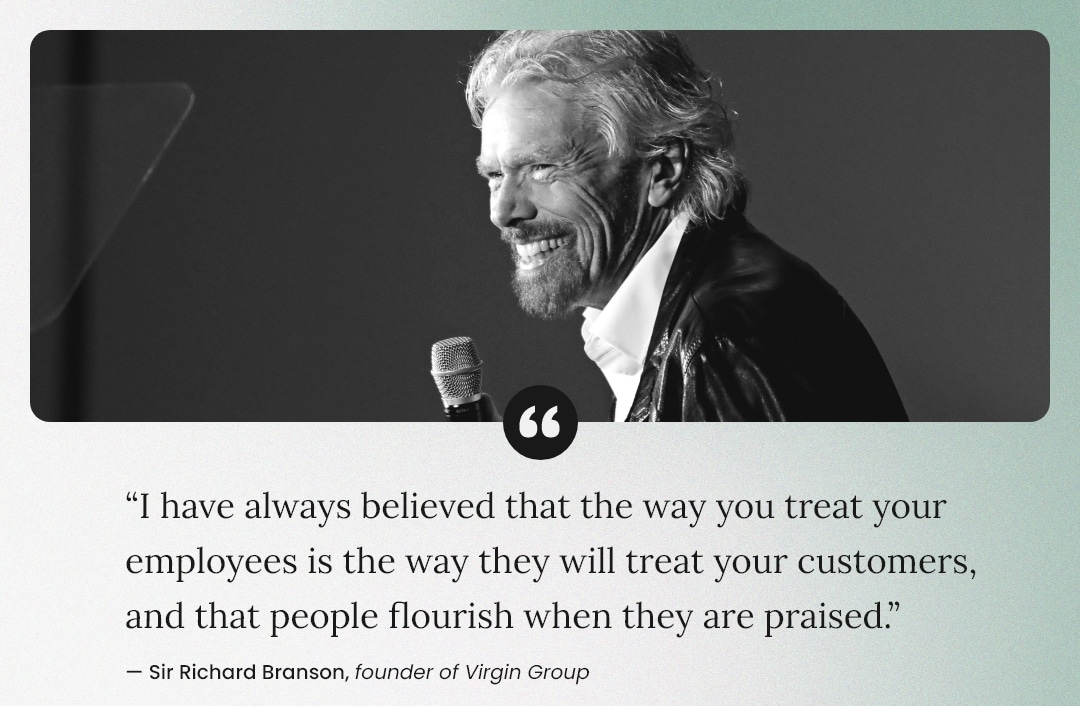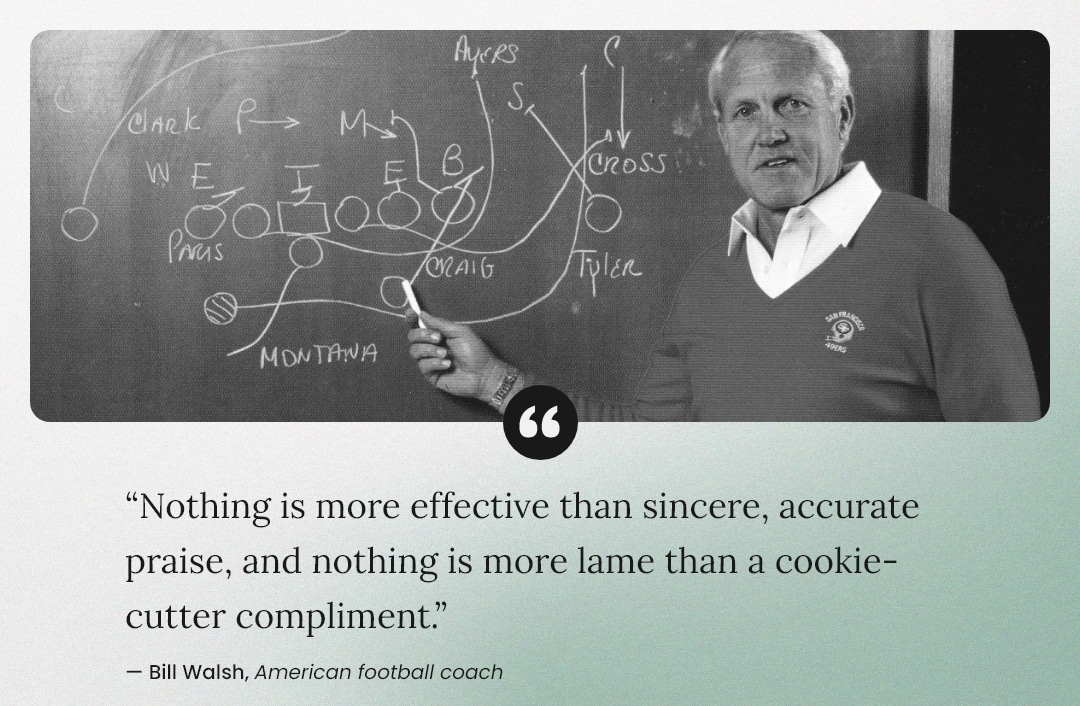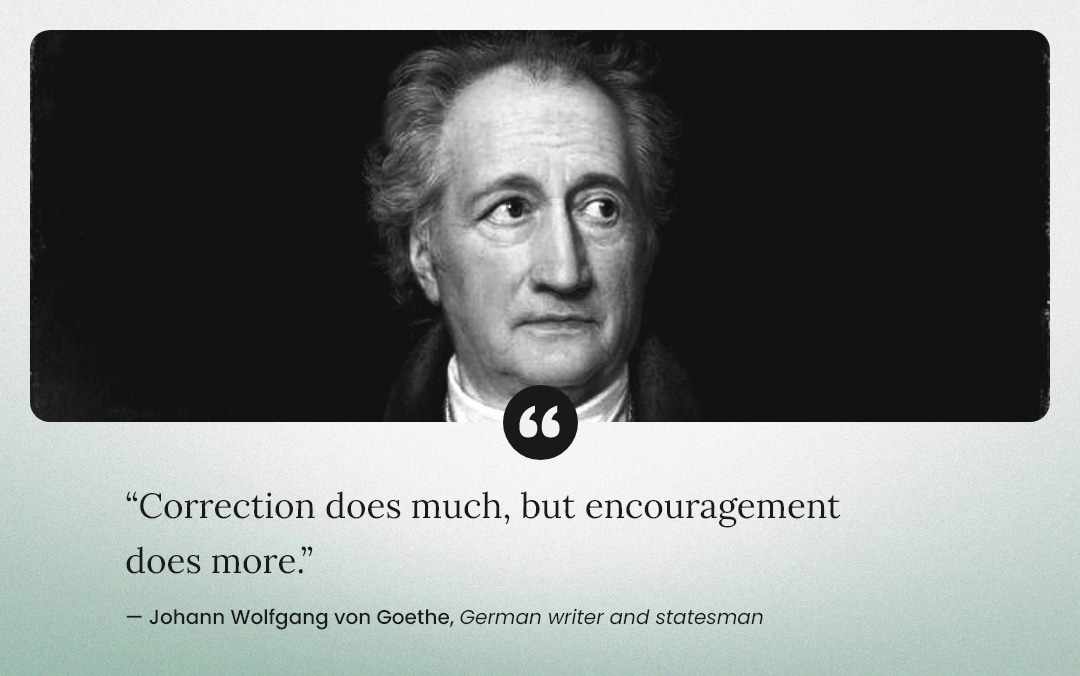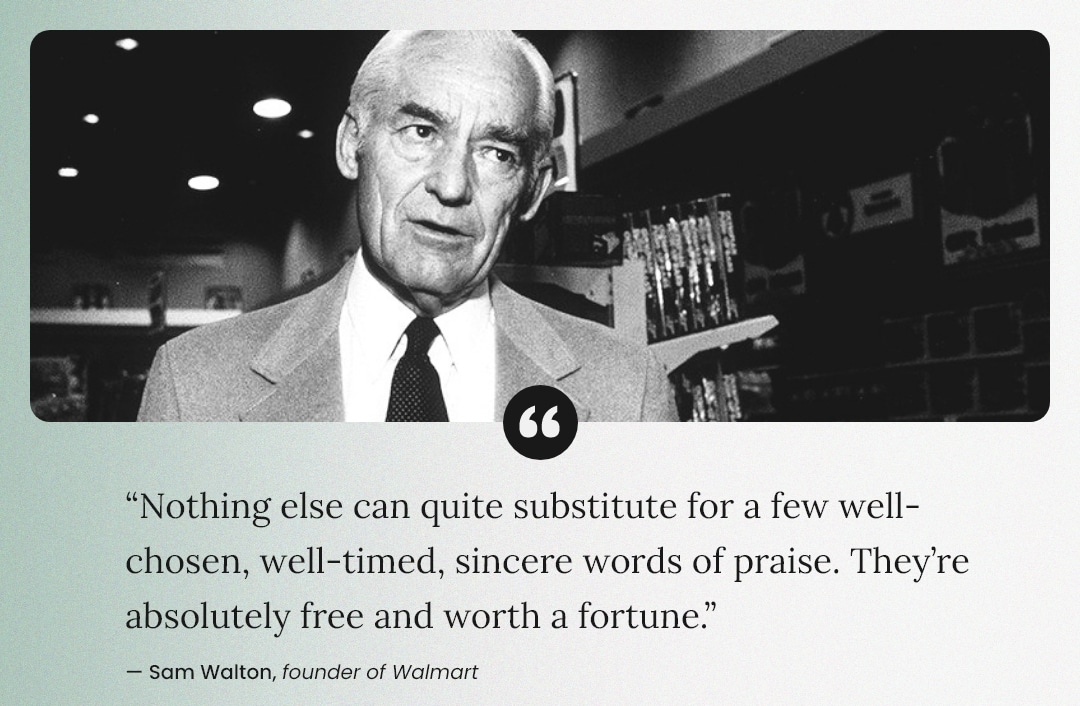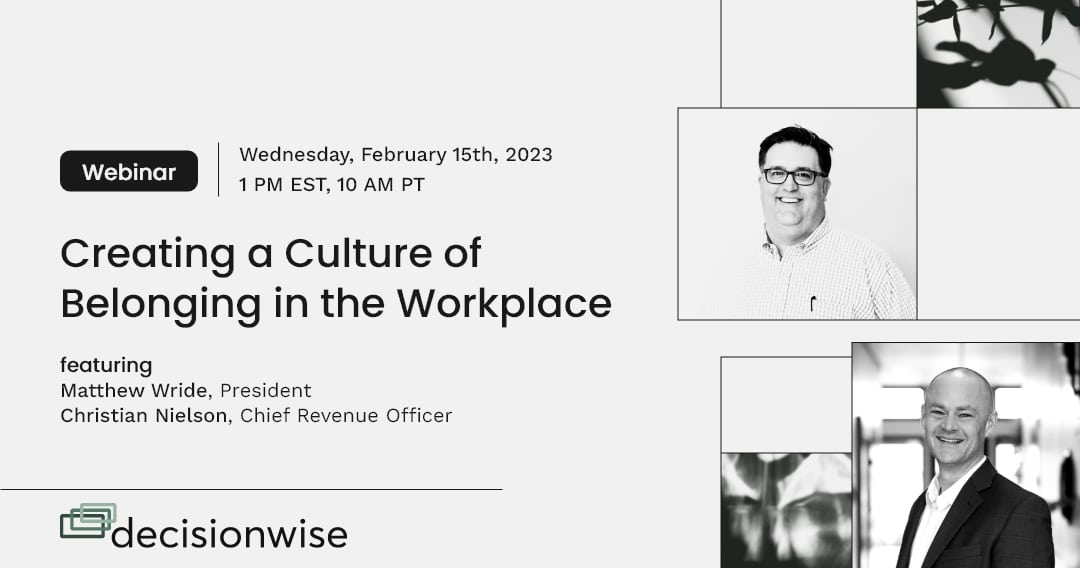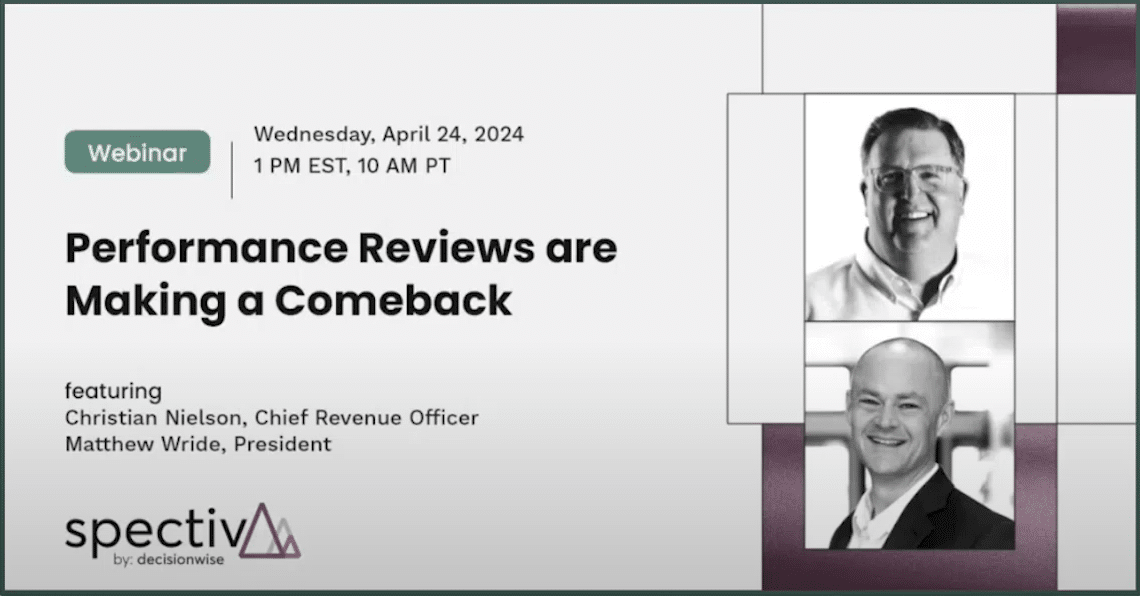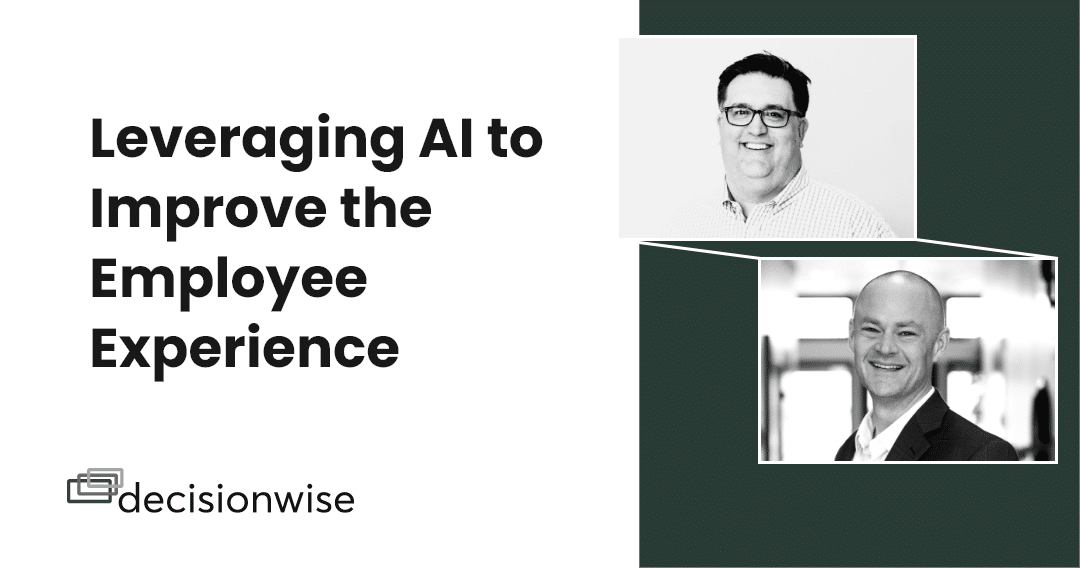Tidbits
Today’s discussion will focus on getting the most from your key employees. The premise: It is possible to get even more from high performers, but they must be managed and motivated correctly.
Brilliant in the Basics
George Carlin, an American comedian, once did a monologue about seven deadly words that should never be broadcast – I’ll let you guess which words made the list.
In the context of managing employees, here are seven deadly words or phrases that should be avoided when conducting a one-on-one.
Sure
Okay
Right
Sounds good
We’ll see
Very well
Fair enough
Wait. These words are innocuous, right? They aren’t even close to the words on Carlin’s list. How can these possibly get a manager into trouble? Well, when a communication void exists, employees inevitably fill it with their own set of expectations.
Consider this cautionary story. An employee finally musters the courage to ask her manager for a pay raise. Her name is Ellen. Ellen is a talented software developer and has been with her current employer for just over two years.
She has consistently received strong performance reviews and has been recognized on several occasions as a strong asset to her team. She recently found out through a friend that a male colleague with similar strengths and tenure makes $10,000 more in annual salary than she does.
So, after a few weeks of “stewing” on the matter, Ellen walks into her manager’s office and expresses her concerns. Her manager, Sarah, patiently listens, and she even sympathizes with her. She then says, “Let me see what I can do.” Ellen leaves invigorated.
On the other side of the conversation, and unbeknownst to Ellen, Sarah starts to panic. She is sympathetic to Ellen’s requests, and she can’t afford to have Ellen “looking elsewhere.” So, while Sarah might be able to do something for Ellen, she has no idea whether she can make give her what’s she asking for. Feeling the panic start to rise in her throat, she hurriedly tells Ellen, “Let me see what I can do.”
Ellen is already thinking about her dream vacation she can now afford once she gets the salary increase Sarah promised to give her. Yet, did Sarah promise anything? You can see the storm clouds brewing.
Our Brilliant in the Basics Tip: Be clear from the beginning about the constraints you face. Keeping it ambiguous in hopes that it will help you is never the right strategy.
What You Might Have Missed From DecisionWise
- Our very own Matthew Wride had an article published in Business Leadership Today. Read his article here: What is Effective Leadership.
- There are Nine Things You Need to Know About Benchmarks in survey results, and you can discover what they are in the most recent DecisionWise infographic.
- Registration for March’s 360 degree coaching certification is closing soon. Click here for everything you need to know to register.
- Check out this e-book filled with best quotes from last year’s newsletters.
FEBRUARY WEBINARS
Unlike humans, the Spectiv platform will do exactly what you tell it to do. Every time!
However, similar to humans, there are a few nuances you need to understand about to build a smooth working relationship.
Come learn more about the ‘Configure’ settings and how to control the default timeline for assessments, set up reminder emails, and understand how to utilize our auto-move functions.
Then sit back and let the platform run itself!
Featured Discussion: Turning Your Employee Experience into a Key Asset
Years ago, I was given financial oversight of a boutique restaurant and lounge in Los Angeles, California. Food and beverage operations were new to me, but I quickly discovered that two costs really mattered: costs of goods sold (i.e., the food and drinks) and labor.
For several months, we tried to dial in our labor costs, and our knee-jerk reaction was to limit overtime. Makes sense, right? Why pay someone 1.5 times their normal pay when you can hire someone else to do the same task at the standard hourly rate?
I discovered, however, that my “gut” was wrong, and I learned a few things about our best performers.
- They were naturally hard workers.
- They loved getting overtime pay.
- The gave the same effort in hour 48 of the week as they had in hour 15.
- They didn’t purposefully game the system to get overtime pay. They just wanted to help. If they made a little extra, they saw that as a win-win scenario for them and the restaurant.
Armed with these observations, we started deploying our employees differently. We managed them based on engagement, productivity, and value. If our engaged performers wanted overtime, we gave it to them. If our below-average performers wanted overtime, we limited it.
Interestingly, the restaurant’s performance began to improve. What changed? Our engaged employees sold more product, and they certainly created better customer experiences. So, while it cost us extra to have them around for a few more hours a week, they paid for themselves – and more – because they added value. When we stopped focusing on cost saving and started focusing on the employee experience, the financials began to improve.
In terms of finances, we became more focused on what was important above the line – sales and customer service – rather than merely searching for savings below the line (labor costs). We also discovered that if the employee engagement level is high, it is possible to run a restaurant with fewer employees. So, even though we paid overtime, our total payroll costs decreased.
This experience taught me the importance of managing for the employee experience. I would recommend the same basic concept to you. Don’t let performance problems, costs, delays, and other distractions keep you from focusing on those within your organization that are already engaged and ready to contribute more. It’s another way of gathering the proverbial “low hanging” fruit.
Engagement and performance predictably follow a bell-curve pattern. No organization has top performers in every position. Nor can any single company maintain an entirely engaged workforce. We strive to increase employee engagement, but we will never be able to abolish the bell curve; we can only change its shape for the better. Consequently, there will always be a smattering of high-performing talent to work with. Savvy managers recognize this fact and strive to manage their employees across the board, not only in problem areas.
Consider this example. A company’s sales team has about 12 members, with two members that account for over 40% of the company’s top-line revenue. Their superb performance is not solely attributable to the nature of their accounts. Management has observed that these two employees simply seem to “get it.”
This company might respond in a few different ways: it could try and help the other 10 sales team members improve; it could lay off the bottom quartile, which simply resets the bell curve; or it could implement stricter oversight for the entire team, which might harm the employee experience – even for the top performers.
While these options appear reasonable, they are primarily focused on the problems. If the company is focused on managing for the employee experience, it would incentivize the two top performers even more.
Managing for the employee experience will help you see past the distractions and realize that value can be harvested not only by helping those that need improvement but also by giving additional attention to those that are already engaged.
Don’t fall prey to the same mistake I did with our top performers at the restaurant, assuming that there was no way to get more from them or that it would be too expensive.
A well-designed employee experience is more than just a “feel-good” goal for the HR department; it can and should be a company asset. While employee experience cannot be recorded on the balance sheet, it can be used for the organization’s benefit in the same way that name recognition, market share, or any other intangible asset can.
HR News Roundup
Here are some of the top EX/HR articles from the last few weeks:
- Employee Experience: How to get it right for frontline workers (Sharma, People Matters)
- The Kids Are Not Alright: Student engagement is a major concern, survey finds (Gradient Learning Release)
- Your HR data is extremely valuable—how to do more with it (Harris, HR Executive)
- One of the Hottest New Jobs Aims to Tackle Employee Burnout (Smith, Wall Street Journal)
- How To Enhance The Open Enrollment Experience (Mirchandani, Forbes)
- 10 vital HR metrics to track for your business (Taffera, Business Management Daily)
- This is how managers can create high-performing teams (Cure, Fast Company)
- Beyond Quiet Quitting (Parmar, SHRM)
- Here’s Why Managers Should Actually Feel Grateful For Low Scores On Employee Surveys (Murphy, Forbes)
- Why Is Assessing Job Satisfaction So Hard? (Tugen, New York Times)

